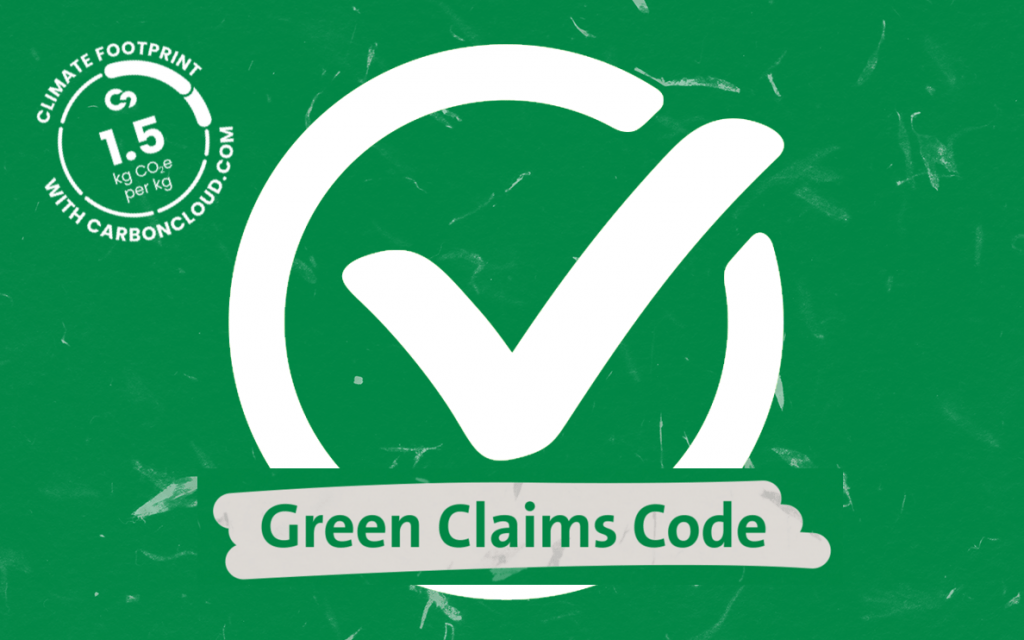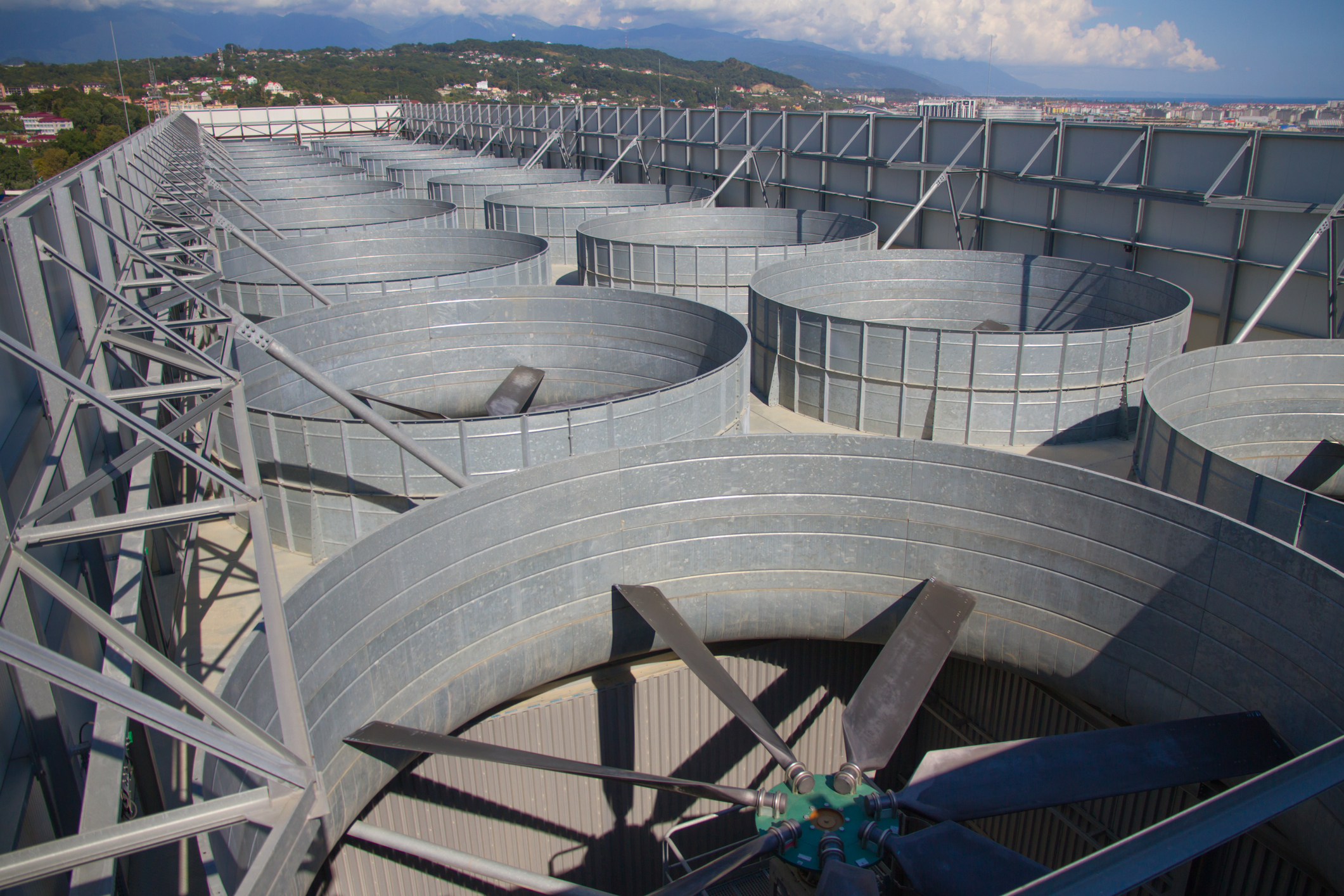What makes a carbon offset?
One thing for us to say “a product cannot be carbon neutral” and expect you to take our word for it and another to present the facts. So we took the time to present the full argument in an article series, lay out all the facts about carbon offsets, and let you reach your own conclusions.
There is a shift in the narrative of carbon credits and offsetting – the type that finds you where you least expect it. During the fall, John Oliver dedicated one of his Last Week Tonight episodes on HBO to explaining what carbon offsets are and how they work. France adds a decree to its Climate and Resilience Law that is in effect this year on tightening the screws of carbon neutral claims. More recently, Bloomberg reports that the European Commission is drafting a legislative response to a wave of claims assessed as greenwashing, including climate neutrality claims. The same day, The Guardian releases the results of two investigative research studies concluding that more than 90% of rainforest carbon offsets from the largest offsetting verifying body are not producing the removal credits they claim.

What is going on with carbon offsets and why are they brought into question so much? What makes it so difficult for carbon offsets to work as intended – and to prove it? There is massive complexity in ensuring that the carbon credit you buy does what the provider says and the bad news is that even the most casual buyer must know a few basics for their purchase to have any substance or fulfill its goal. Good news is, today we are going through those basics together!
What is a carbon offset?
A carbon offset is a way to cancel out greenhouse gas emissions one produces by compensating for them with another activity. Overall, buying carbon offsets means financing an activity that helps mitigate climate change to compensate for an activity that generates emissions.
Pretty cool concept, right? What is even cooler is the intention that runs it and the goal it wants to achieve: Less greenhouse gas emissions in the atmosphere to curb climate change. How do we do that?
Apart from the obvious response, reducing all the emissions we can, an additional mechanism to remove or reduce emissions is carbon offset projects.
What types of carbon offset projects are there?
Broadly there are two types of offsetting projects: Emissions reduction projects and emissions removal projects.
The emissions balance from removal projects comes from emissions sequestered from the projects, i.e. the project is capturing carbon dioxide already existing in the atmosphere.
Frequent examples of removal projects
Reforestation and rewilding projects, soil management projects, direct air capture, algae and kelp projects
The balance from reduction projects comes from emissions avoided due to the project, i.e. the project is replaces an existing activity that heavily emits greenhouse gases with a new one that has far less emissions and what is credited for as a reduction is the difference of the footprint from the new activity subtracted from the footprint of the projects (in CO2e).
Emissions of previous activity – Emissions of new activity = Credit
Frequent examples of reduction projects
Renewable energy projects, methane capturing, fuel-efficient cookstoves, waste and water management.
Get the full offsetting crash course
The story you are reading is part of a four step crash course in offsetting for food companies. Sign up below to get the other three parts!
How is the credit of an offset project calculated?
Or in other words, how would you know that you saved e.g. 1 ton of CO2e with your project credit? For starters, the calculation is the conclusion of a life cycle assessment, the methodology of which depends on the type of project:
- For removal projects, it would be a lifecycle assessment of carbon capture.
- For reduction projects, two scenario assessments are required: First, a baseline emissions calculation (or carbon footprint) of the current condition and second, an emissions calculation of the project. The difference between those two is your credit.
How is a carbon offset project created?
An offsetting project is designed and oftentimes implemented by a project manager, frequently with the financial support of an investment. After the project is completed, it is verified by a third party against specific quality criteria and then registered for purchase. After the credits from a project are purchased, the credits of the project are retired permanently and the project is monitored continuously as its longevity is one of the criteria.
This all seems pretty rigorous to me. Why are people raining on the offsetting parade?
Put simply, because even with this process, it is extremely difficult to prove that offsetting projects achieve the goal they are bought to fulfil: Reduce or remove greenhouse gas emissions – or the exact marketed credit.
This very challenge of proving emissions reductions or removals is the reason why it is so complex to buy quality offsets even for a casual buyer. To start with, accounting for these reductions or removals means evaluating the conformity to the criteria. This is not a binary process, i.e. the project fulfils them or doesn’t. Each criterion is evaluated on a spectrum of confidence. As a result, every offsetting project is better described in a spectrum of quality, instead of a binary spectrum of “works/doesn’t work”.
What are these criteria? Tag along to the next article in the series where we cover the offset quality criteria in detail!
Related Posts
How to set SBTi FLAG targets – The Food Edition
The Forest Land and Agriculture Guidance from SBTi had retailers and food producers on the edge of their seats until its release in September 2022. Since April 2023 FLAG targets are a requirement and
Climate Action in the Food Industry: Half-Baked Efforts as 44% of Companies Remain at Initial Maturity Level
An in-depth analysis of 83 global companies in the food system reveals mixed levels of maturity along 6 dimensions of climate performance, but with a projected positive trajectory of climate action in
🇬🇧 Green Claims Code: Unpacking environmental claim requirements
Last September, the Competition and Markets Authority (CMA) of the UK issued a guide on environmental claims. The guidance lists the requirements of what a product, brand, or service may claim regardi
Voluntary carbon offsets in numbers: Money talks, volume wails
Offsetting has claimed a central position in the global challenge to reach net zero. In this article we break down the business case for offsetting with price and inventory and what your best bet is s







